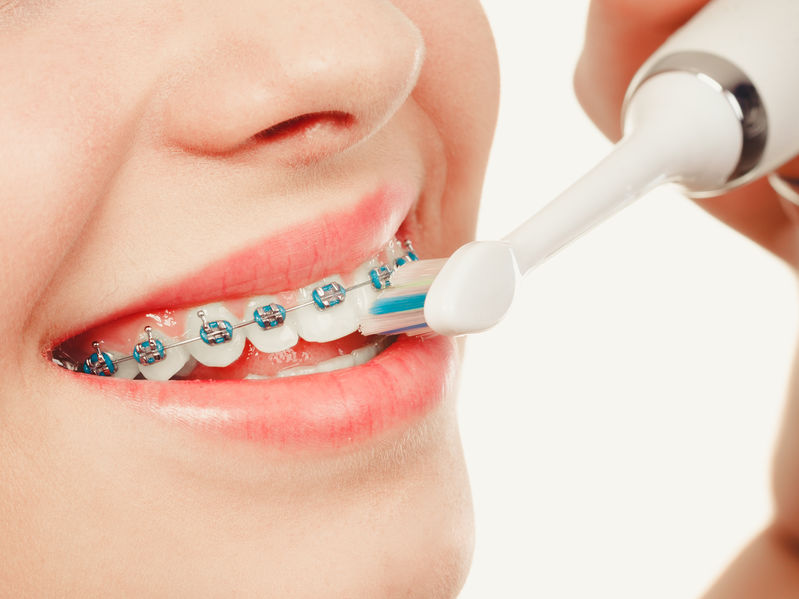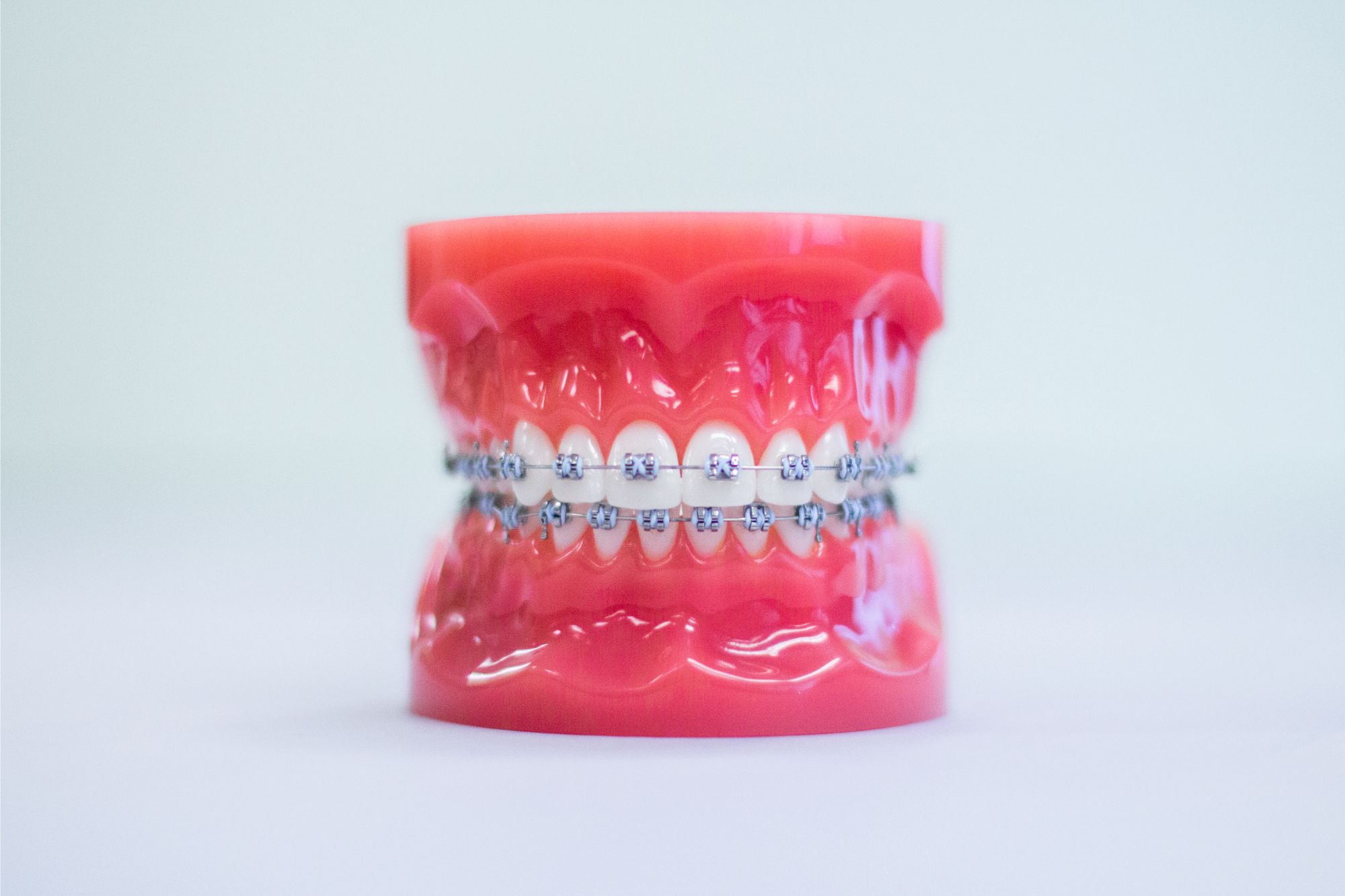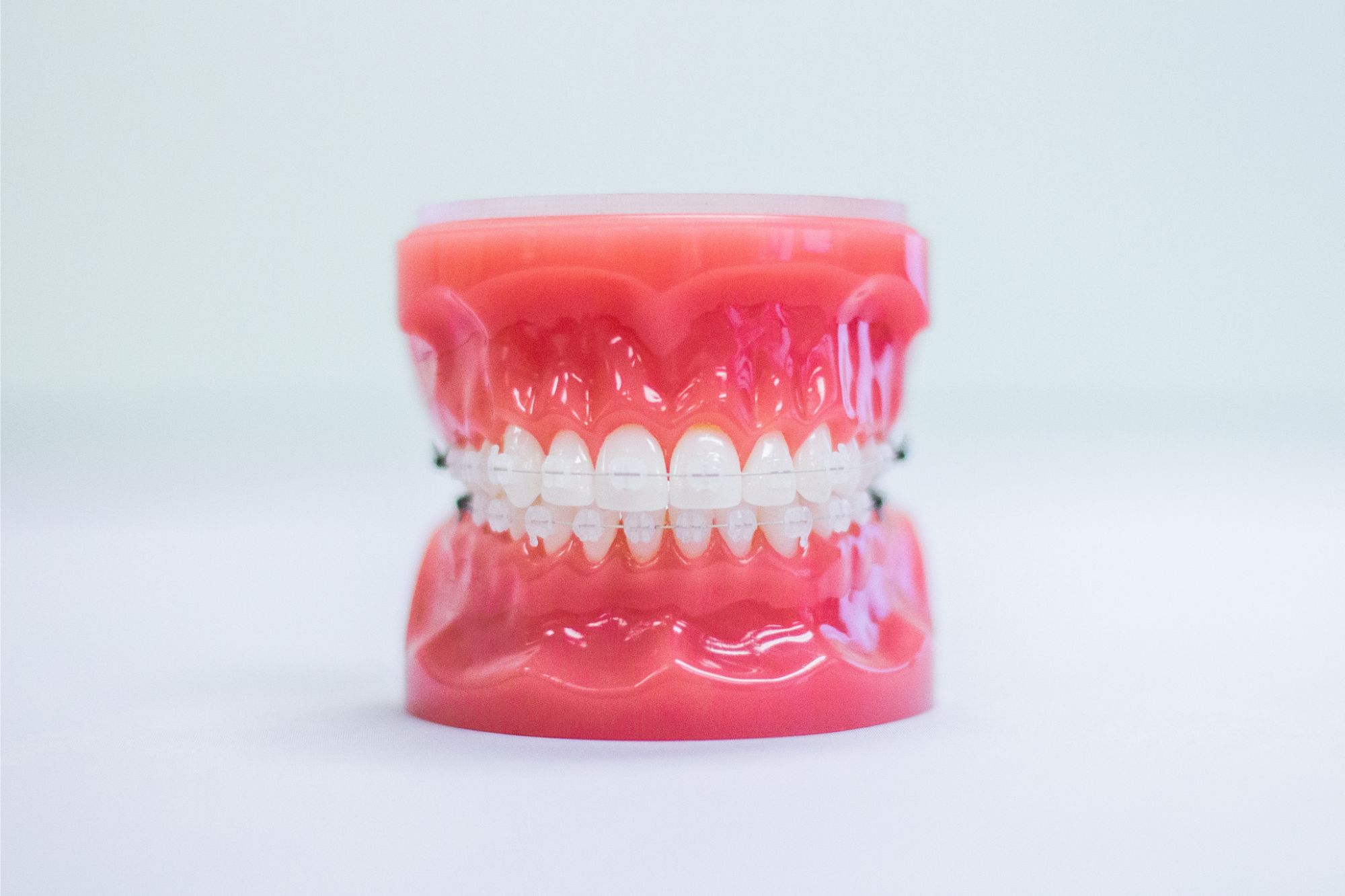

Braces 101
When it comes to orthodontic care, traditional braces remain one of the most reliable and effective treatment options. With a proven track record of success, they can address a wide range of dental issues, including crooked teeth, bite problems, and misalignments. Over the years, traditional braces have evolved significantly, thanks to advancements in technology and materials. Today’s braces are not only more compact and discreet but also much more comfortable than their predecessors.
At Buoyancy Orthodontics, Dr. Chris Shi offers modern, refined braces that are designed to deliver excellent results while minimizing discomfort. The latest braces are smaller, lighter, and use improved materials that reduce friction, making them easier to wear throughout your treatment. Whether you’re seeking to improve your smile or address more complex orthodontic concerns, traditional braces remain an incredibly effective option. Dr. Shi will work with you to create a personalized treatment plan, ensuring you receive the best care for your unique needs and help you achieve the straight, healthy smile you’ve always wanted.
Food with Braces


